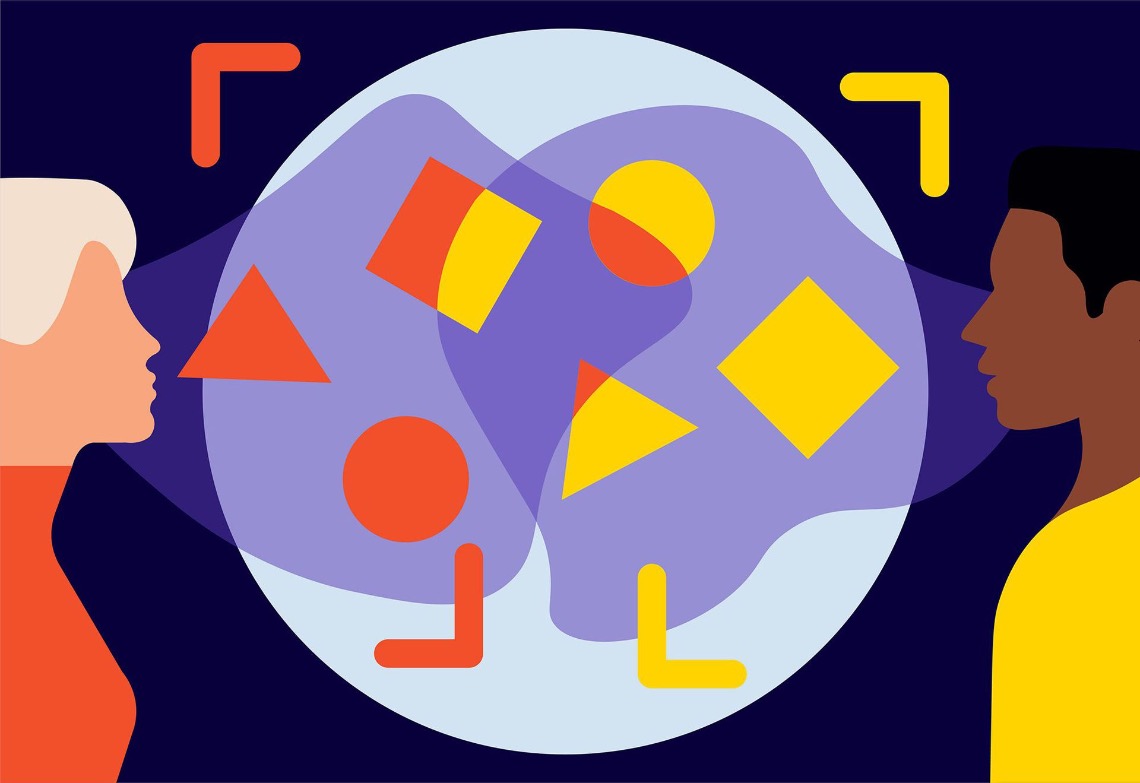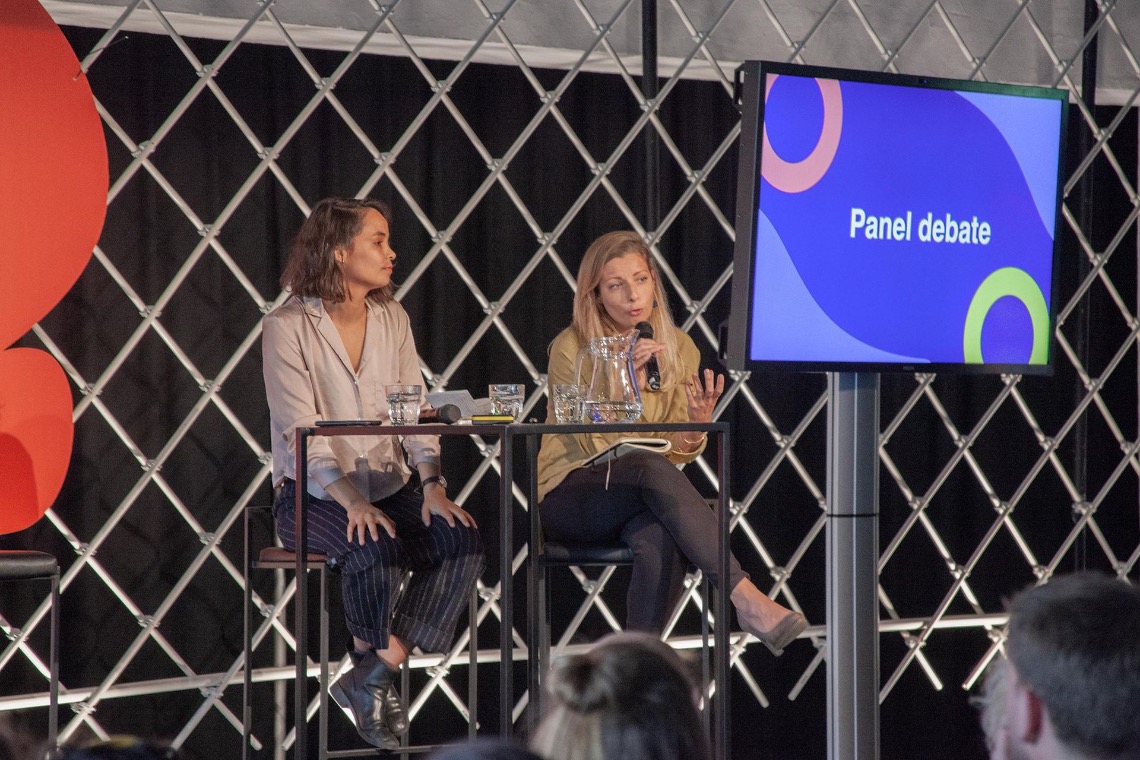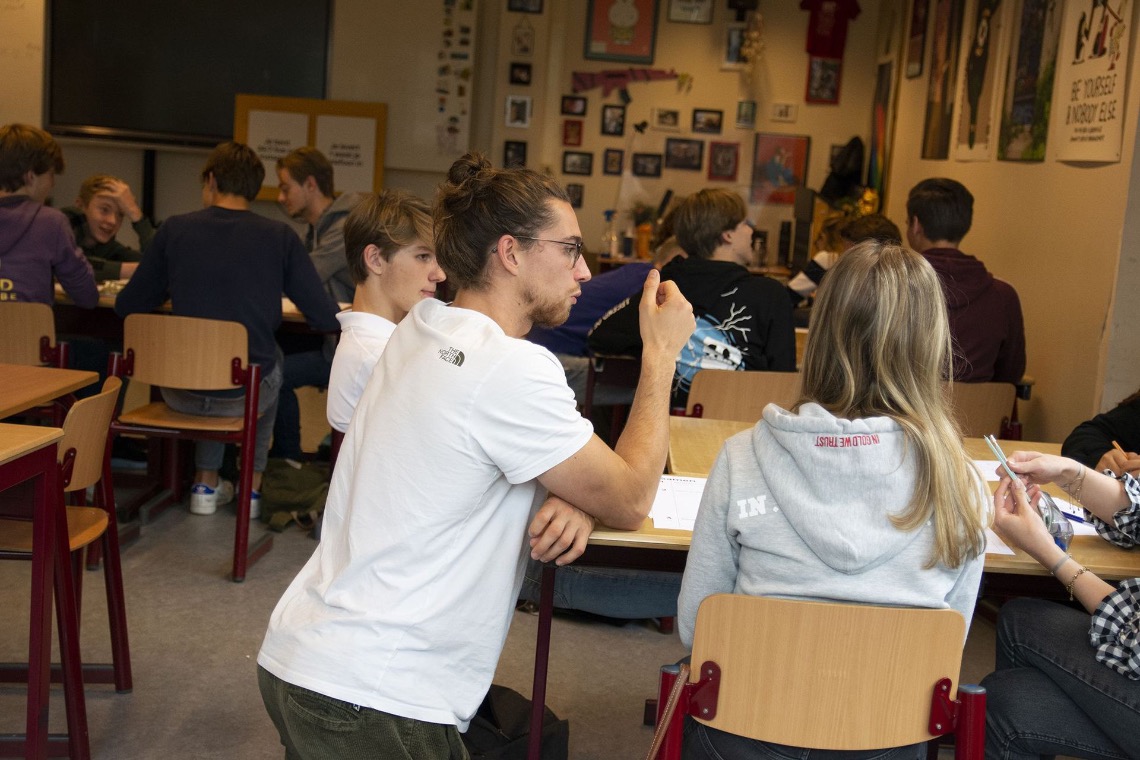Tekst: Sander van der Zwan (i.s.m. Afdeling Buitengewone Zaken)
On the 17th of October, a group of 70 visitors of the Dutch Design Week came together to participate in the 7th Social Design Showdown event about Inclusivity. Both onsite and online, they discussed a topic that is often regarded to be at the very roots of social design: inclusivity. In a series of three articles, this is a reflection on the results.
In his critique on commercialism, Victor Papanek, already made a plea for inclusivity of design in the 60s and 70’s, and thereby launched an alternative perspective on what design could do. Even though the topic is of high importance to social designers, the question remains: can social designers really say that they work inclusively?

During the event the participants pointed their gaze, not towards their stakeholders as they are often trained to do, but to themselves. They did so to be able to critically reflect, redirect and promote a more inclusive social design. In small groups they discussed, among other things, ways of designing, diversity in teams, exclusive language use and accessibility issues.
Attention
In the previous article, I wrote that when it comes to inclusivity in design, leaving behind the idea that we can be neutral is important. I came to the consideration that we might better be explicit about our predispositions. But this leaves me with another issue. If we indeed want to be explicit about our predispositions from the start, we need to be able to list them clearly. Is that even possible?
In this article, I will try to show that we cannot do this. So, rather than going to our stakeholders with a particular intention, it will always remain of great importance to pay close attention to them. They might surprise us and teach us about ourselves along the way.

Keynote speakers inclusivity event Social Design Showdown
Let’s return to my example project from previous article:
In a workshop at a secondary school, one of the designers introduced the project to the students: "Together with the municipality we are examining how to design the public space so that youngsters use their phones less.” After the workshop, the teacher of the class came over to the designers: "You start your presentation by saying that they should use their phones less. When you say that, they are not interested in participating anymore. You shouldn’t do that. You should let them think for themselves about what is good and bad." She proposed that the designers would do better asking the students what kind of public space they would long for, if they could bring what they loved about their phones to public space.
While this example seems to merely show that the designers used the wrong words to introduce the project to the youngsters, it also shows something more important: When explaining their well-intentioned project, the designers were insufficiently aware that not everyone - and certainly not these young people - sees reducing phone use as a good thing. In other words, the designers assumed that reducing phone use was good in general, and didn’t consider framing their project differently to these youngsters in the first place.
In hindsight their assumption sounds very questionable indeed, but during the project this had to be figured out. This is my point: The designers could not have been explicit about their predisposition to see reducing phone use as generally good, because they were not sufficiently aware of it before being confronted with it by the teacher and students. I don’t want to say that these designers should have known better. To the contrary, the very confrontation was valuable because it led to an important learning point in the project that afforded them to reframe it. A reframe that takes the objective to create a public space designed for youngsters as central, rather than reducing phone use. Such learning along the way is often of key importance to social designers.

Workshop inclusivity event Social Design Showdown
Unknown predispositions
This is what we can learn from the situation just described. We might not know all of our own predispositions, which makes it impossible to be explicit about them from the start of a project. Again, a direction to go about this challenge has been suggested by our participants at the event:
"It is inevitable and O.K. to start a project with all kinds of unconscious biases as long as you map and act on them in the future." And: "Being an outsider, you can have a fresh perspective."
As designers we are often outsiders to the practice of our stakeholders who we try to design for, which allows us to have a fresh perspective. Of course this goes both ways: our stakeholders are also outsiders to us, which allows them to have a fresh perspective as well. In the case of our example project, the designers needed 'outsiders' – the students and the teacher – to show them what they missed themselves. In short, by listening and responding to outsiders we may learn about ourselves.
Learnings
What can we learn from this with regards to inclusivity?
To start with where we left off in the last article: Inclusivity in designing might not be about reducing our biases in order to become objective. Becoming fully objective as designers is unattainable. We might be better off being explicit about our predispositions so that others may respond to them. But we cannot be fully explicit about all of our predispositions from the start, because we might not notice them ourselves.
So what might we do instead?
Trying to reflect critically on our own predispositions at the beginning of a project can be of great relevance, but don’t assume this will get you out of the mud. It will always remain of great importance to pay close attention to our stakeholders and what they might have to teach us about ourselves along the way.
In a discussion about inclusive hiring processes, one of the participants of the event noted something that is relevant to the point just made: "Allow yourself to be surprised by the qualities in the process." In other words, instead of interacting with others, including our stakeholders, with a specific intention, we might be better off paying close attention to them so that they may surprise us. From this attentive position we can learn about our own, sometimes questionable, predispositions.